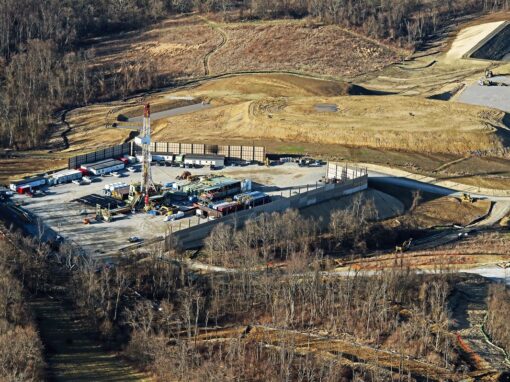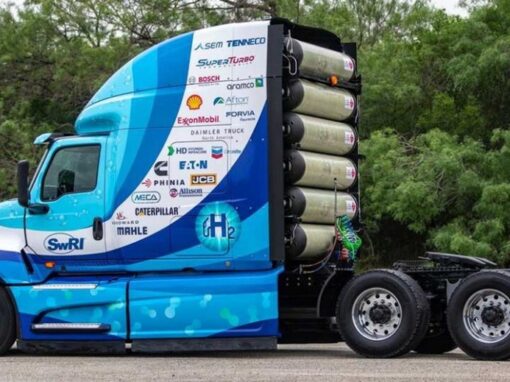On February 13, the European Commission adopted two Delegated Acts that define what qualifies as renewable hydrogen. The rules apply to all renewable fuels of non-biological origin produced in and imported to the European Union (EU). The announcement marks an important step towards establishing a stable regulatory framework for green hydrogen in Europe.
Background
On August 16, 2022, President Joe Biden signed the Inflation Reduction Act (IRA) into law. This bill, hailed as a transformational investment in clean energy, contains both investment and production tax credits for qualifying clean hydrogen that experts say will significantly lower the cost of green hydrogen.
A few months later, European Commission President Ursula von der Leyen remarked that the EU “Needs to give our answer, our European IRA,” to ensure European competitiveness in clean energy. The Delegated Acts that were finalized in February is a key piece of that response, and this blog will discuss what that means for hydrogen in Europe.
Components of the EU Delegated Acts
Green Hydrogen Definition
These rules determine that hydrogen may be considered renewable if produced under the following conditions:
Direct Connection
Hydrogen is considered renewable if the hydrogen facility is directly connected to a renewable asset that came into operation no earlier than 36 months prior to the hydrogen plant.
Grid Connection
For hydrogen facilities connected to the grid, the following requirements must be met to qualify as renewable hydrogen:
-
Proportion of renewable power exceeds 90% over the previous calendar year in the bidding zone (the geographical zone in which electricity is traded, typically a country or a region) where the hydrogen plant is operating.
-
Production takes place in a bidding zone where the emissions intensity of the grid is lower than 18gCO2e/MJ.
-
Power is sourced during a period of imbalance or curtailment.
Additionality Requirements
Facilities connected to the grid that do not meet the above requirements can still qualify as producing renewable hydrogen if they purchase Renewable Power Purchase Agreements with a contracted asset built no earlier than 36 months prior to the hydrogen plant and did not receive capital or operating expenditure subsidies. An exception to this additionality requirement is given to hydrogen plants that enter operation before January 1, 2028.
Geographic Requirements
For power purchase agreements to qualify, the following geographic hydrogen facilities must meet at one of the following requirements:
-
The renewable asset and hydrogen plant are located in the same bidding zone.
-
The renewable asset and hydrogen plant are located in interconnected bidding zones or a bidding zone where the power price is equal to or higher than that of the hydrogen plant.
-
The renewable asset is located in an offshore bidding zone adjacent to the hydrogen plant.
Temporal Requirements
For power purchase agreements, the following temporal requirements must also be met:
-
Before 2030: Hydrogen production and renewable power generation occur within the same calendar month.
-
After 2030: Hydrogen production and renewable power generation occur within the same hour.
Impact
Today, there are around 160 MW of electrolysers in place in Europe, with the majority being demonstration plants. The EU hydrogen strategy targets 6000 MW of electrolysers powered by renewable electricity by the end of 2025, meaning these regulations will have an important impact on what projects are awarded public sector funding and ultimately end up contributing to the scaling of hydrogen in the EU. These regulations will not only impact hydrogen produced in Europe, but also hydrogen imported from the United States or other regions around the world.
These regulations are an important step for the hydrogen industry in Europe. As stated by Jorgo Chatzimarkakis, CEO of Hydrogen Europe, “At last, there is clarity for industry and investors and Europe can kick-start the renewable hydrogen market. This comes at a critical time, with the USA setting a very high benchmark with their Production Tax Credits, offered under the Inflation Reduction Act, attracting more and more investments towards their clean hydrogen market’’.
Next Steps
The Delegated Acts will now move to the European Parliament and the Council of the European Union, where the legislative bodies are expected to adopt these into law in June.



